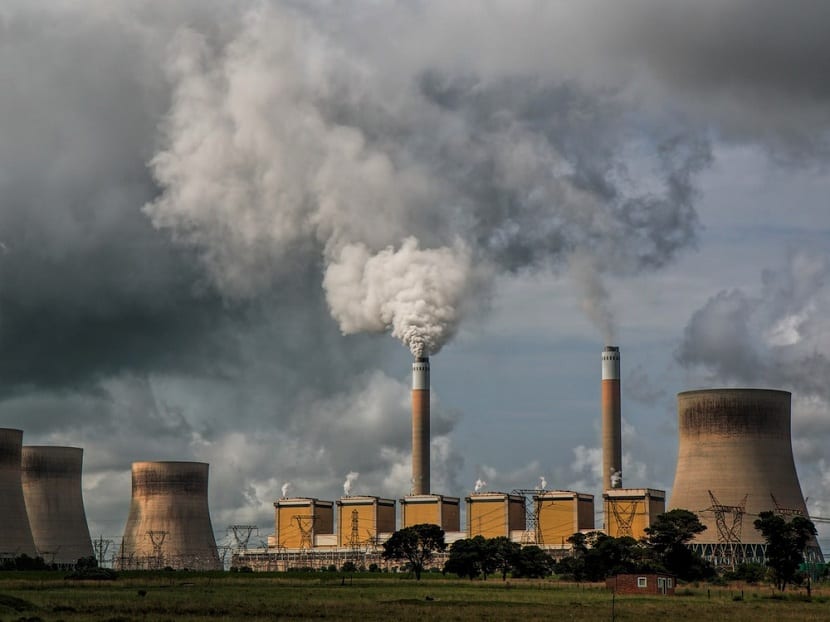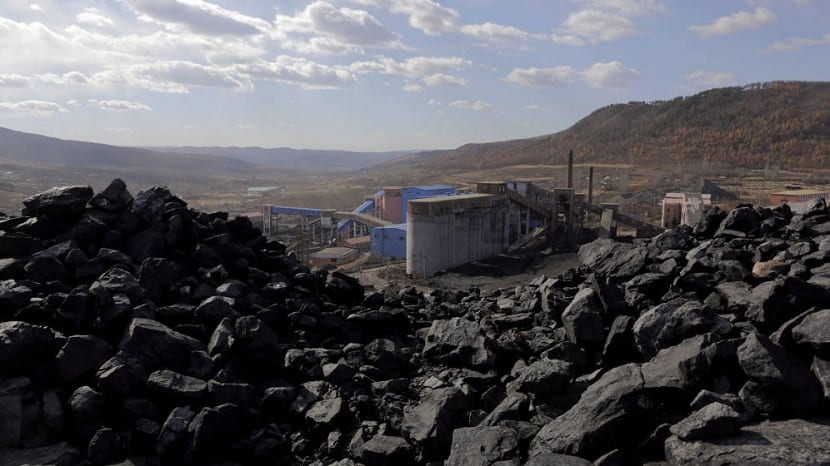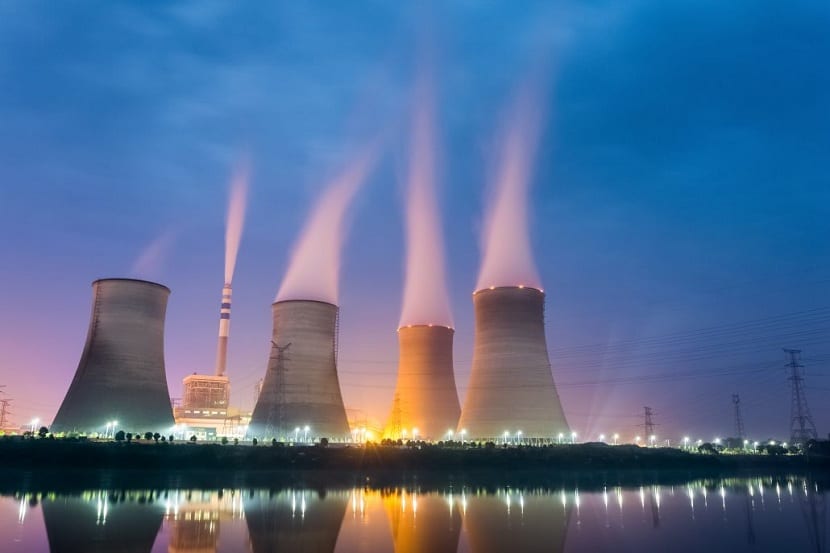
Although this is a renewable energy blog, it is important to analyze and know the importance of non-renewable energy on this planet. And is that still, most of the planet is supplied with this type of energy. The big drawback they have is the contamination they produce during their use and extraction. Environmental pollution is leading to serious environmental problems and the well-known climate change.
We will thoroughly analyze all types of non-renewable energy and the consequences that their use has for the planet. You want to know more?
Definition of non-renewable energy

In order not to complicate things too much, we define non-renewable energy as that source of energy that runs out in time. Although their duration is long, they will eventually be depleted and, as fewer reserves remain, they will become too expensive or polluting for the environment.
In its contrast there are renewable energies, the heirs of the world. They are able to recover naturally in a relatively short period of time. Non-renewable energies have methods of obtaining through a source that is exhaustible. Keep in mind that the term exhaustible refers to the human scale. This is because certain processes of nature such as the accumulation of carbon to generate oil it has taken up to 500 million years to form.
Obviously, carbon could be considered a renewable energy, since after all, as organic matter degrades, oil is formed. But not on a human scale. In other words, the oil that we are currently depleting will not be able to regenerate it at the rate at which human life needs it.
In general, non-renewable energy is that which consumes some type of fuel (oil, coal, uranium ...). While renewable energy uses other types of energy resources (solar radiation, wind energy, hydraulic energy, tidal energy, etc.). It is said that in the near future, fuels could have renewable raw materials such as hydrogen.
Non-renewable energy sources

There are two sources of energy that runs out over time and they are the following:
- Conventional non-renewable energy sources. They are the fossil fuels known as coal, oil and natural gas. Chemical reactions between certain materials are also considered non-renewable energies.
- Non-conventional non-renewable energy sources. These sources come from agrofuels, biofuels or cultivated fuels. Nuclear such as uranium and plutonium used for the nuclear energy.
Although geothermal energy is considered a type of renewable energy, there is only a certain type of geothermal energy that uses hot waters that would be considered non-renewable in certain locations.
Fossil energy and non-renewable resources

Fossil energy is the part of non-renewable energy. We refer to the energy that is generated thanks to the aforementioned Fossil fuels previously. The main fossil sources They are coal, oil, and natural gas. They are called conventional fossil resources. Unconventional fossil resources are not present in their current form and are present in deposits that are difficult to access.
Non-renewable resources are closely linked to non-renewable energy. And it is that all the resources that are depleted at a higher rate than they are regenerated are non-renewable resources. This also happens with materials and minerals, not just with energy.
Coal, for example, is one of the non-renewable minerals with which energy is obtained. Coal reserves around the world already have their deadline. Faced with this, governments around the world must seek alternatives based on green energy.
Terrestrial and metallic minerals

These are examples of non-renewable resources. The metals themselves are present in large quantities in the earth's crust. Its extraction by humans occurs only when they are concentrated by natural geological processes such as heat, pressure, weathering, thermal energy and other processes. These processes must be economically viable to begin their extraction.
However, for these minerals to be replenished over time, it takes tens of thousands to millions of years. Localized deposits with large amounts of metallic minerals near the surface can be mined by humans. They are not renewable on the human scale. There are certain minerals and elements in rare earths that are scarcer and more depleting than others. These materials are in high demand in industry, particularly electronics.
Most metallic minerals are considered much easier to supply than fossil fuels, because the conditions for fossil fuels to form are more difficult and limited than the conditions for metallic minerals to form.
Non-renewable energy types

Let's move on to focus on the types of non-renewable energy that humans use:
- The oil. It is a viscous colored liquid both green, yellow, brown or black and that it is made up of hydrocarbons. The formation of oil began millions of years ago when the Earth was a planet covered in water. Geological processes and bacterial action after millions of years of evolution have formed this mixture of hydrocarbons.
- Natural gas it is another non-renewable energy source. It is a fossil fuel that consists of another mixture of hydrocarbons. Like oil, it exists thanks to the action of bacteria underground millions of years ago.
- Charcoal it is a rock made up of carbon and other substances. In the year 1990 it became the energy that covered more than 27% of all the world's demand.
- The nuclear energy is formed from a process known as Nuclear fision. Thanks to the collision of neutrons at high speed, energy can be formed. The most commonly used substances are uranium 233 and plutonium 239.
As you can see, renewable energy is necessary to end pollution and the depletion of fossil fuels.